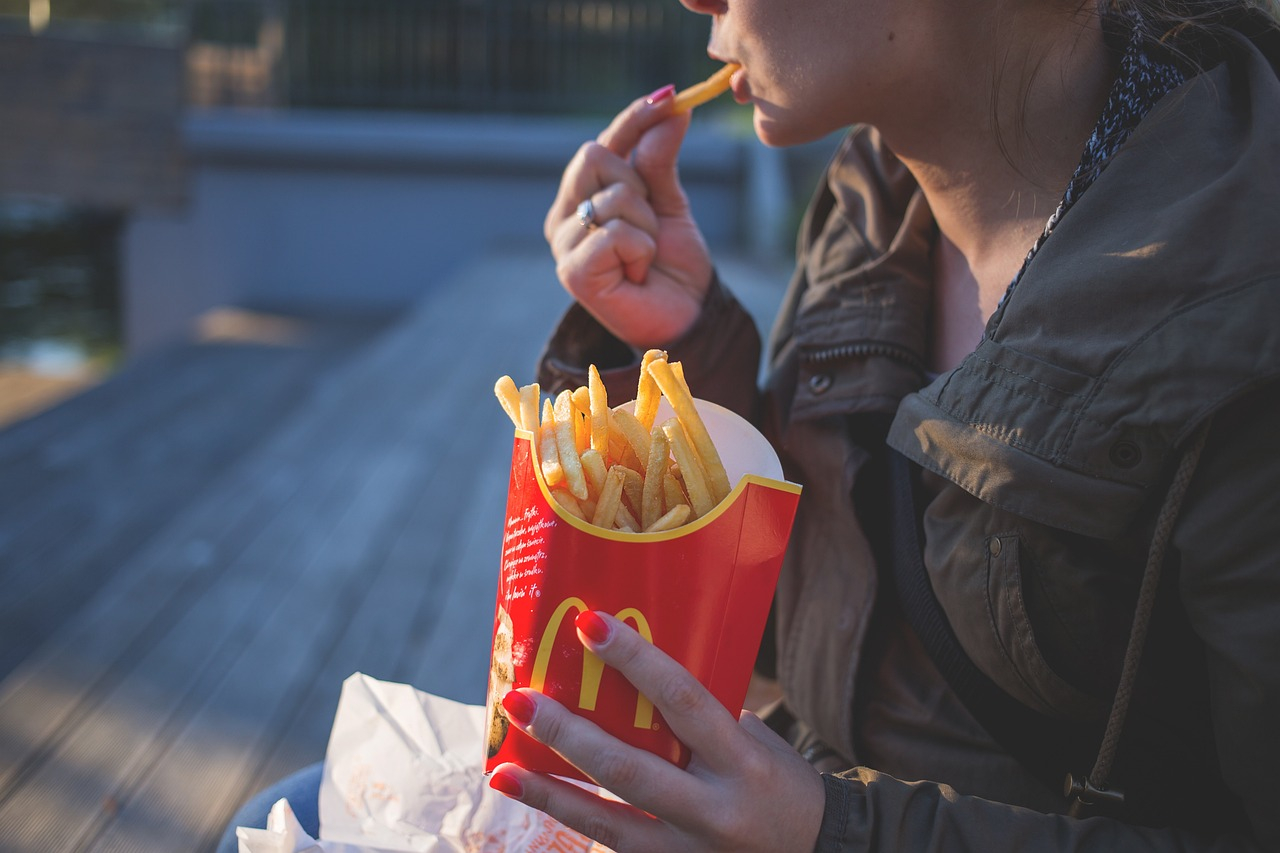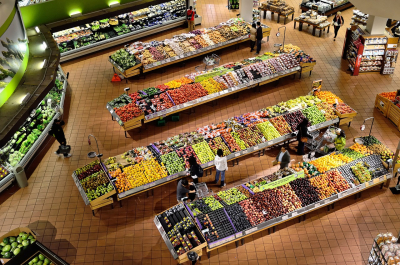Initial predictions: kiosks as labor replacement
When self-service kiosks first appeared in fast-food settings, the expectation was clear: kiosks would replace cashiers and reduce labor costs. A 1999 article in Business Information, a now-defunct trade publication, reported that McDonald's was developing an electronic order-taking system designed to replace some human roles. This assumption resonated with fears surrounding automation in various industries, where machines were expected to make human workers obsolete.
Ed Rensi, former CEO of McDonald's, voiced similar concerns during the expansion of kiosks in 2016. He warned that demands for higher minimum wages could accelerate automation as businesses sought to cut costs. Rensi predicted that fast-food chains, operating on thin profit margins, would increasingly invest in kiosks and other self-service technologies to replace employees. California’s decision to raise the minimum wage to $20 for fast-food workers in 2023 renewed similar fears of widespread job loss due to automation.
However, as time has passed, it has become evident that self-service kiosks have not eliminated human jobs to the extent that many feared. In fact, staffing levels in the fast-food sector have grown. According to the U.S. Department of Labor, the restaurant industry currently employs 150,000 more workers than it did before the pandemic, representing a 3% increase.
Kiosks as labor reallocation tools
Rather than cutting labor costs, kiosks have reallocated tasks to different areas of restaurant operations. Companies such as McDonald's, Shake Shack, and other fast-food giants now use kiosks to enhance order accuracy, increase sales, and shift workers into roles that add more value. As McDonald’s franchisees continue to roll out kiosks that accept cash and provide change, employees previously tasked with taking orders are being reassigned to customer-facing roles like "guest experience leads." These employees help customers navigate the kiosks and handle any issues, ensuring a smooth interaction with the technology.
Kiosks have also been praised for their ability to increase sales through upselling. Shake Shack's CEO, Robert Lynch, highlighted this benefit during a recent earnings call, noting that kiosks guarantee upsell opportunities—such as suggesting a milkshake or fries—that can be easily overlooked by overworked staff during busy periods. In fast-paced environments where employees may feel pressure to move quickly through long lines of customers, kiosks ensure that every upsell opportunity is presented to the customer.
However, while kiosks may improve sales efficiency, they do not necessarily speed up service in all cases. Research conducted by Temple University revealed that customers often feel stress when there are long lines behind them while using kiosks. This pressure can lead to rushed or smaller orders, countering the potential sales boost from upselling. Additionally, some customers take longer to place their orders via touchscreen kiosks compared to traditional cashier interactions.
Challenges and unintended consequences
Despite the perceived benefits, kiosks have brought unintended consequences that complicate their role in fast-food service. One significant issue is the complexity that self-service technologies introduce to restaurant operations. RJ Hottovy, an industry analyst at Placer.ai, explained that while kiosks theoretically save on labor, the reality is more nuanced. The rise of mobile ordering, delivery services, and in-store kiosks has added layers of complexity to restaurant management. Labor saved from cashier duties often ends up being reallocated to these newer systems, creating what Hottovy calls "a restaurant within a restaurant."
Moreover, kiosks can be prone to operational failures. Malfunctions or breakdowns not only frustrate customers but also slow down service and require staff intervention, negating the intended efficiency gains. Bowlero, a bowling alley chain, experienced this firsthand when it introduced kiosks for customers to order food and drinks. However, due to a lack of proper training for both staff and customers, the kiosks went largely unused, illustrating the challenges of integrating new technology into existing workflows.
In addition to operational challenges, kiosks have not uniformly improved service times. Some customers take longer to order on kiosks than they would when speaking to a cashier, particularly if they are unfamiliar with the system. These delays can reduce the overall speed of service, particularly during peak hours when long lines form.
A broader context: parallels with ATMs and self-checkout
The kiosk phenomenon in the fast-food industry mirrors other self-service technologies, such as ATMs and self-checkout systems in retail. When ATMs were first introduced, they were also expected to lead to widespread job loss among bank tellers. Instead, as sociologist Christopher Andrews from Drew University points out, ATMs freed tellers from low-value tasks like cashing checks, allowing them to focus on higher-value customer service roles.
Similarly, self-checkout machines in supermarkets were initially predicted to reduce cashier jobs. While they have been widely adopted, self-checkout systems have led to unintended consequences, such as increased losses from customer errors and shoplifting, forcing retailers to balance automation with the need for oversight.
In both cases, self-service technology has changed the nature of work rather than eliminating it entirely. The introduction of kiosks in fast-food chains has followed a similar trajectory, where the technology has reshaped rather than replaced labor. As fast-food chains continue to adopt AI-driven drive-thru systems and other technological innovations, the lessons from kiosks serve as a reminder that automation rarely unfolds as expected.
The future of kiosks in fast food
The story of self-service kiosks in fast food demonstrates that technology often brings unexpected results. Rather than replacing human workers, kiosks have reallocated labor and introduced new complexities to fast-food operations. While kiosks can increase sales through upselling and provide some efficiency gains, they are not a one-size-fits-all solution to labor costs or customer service challenges.
As the fast-food industry continues to evolve, businesses must carefully consider how new technologies impact both employees and customers. The experience with kiosks suggests that the key to success lies not in simply automating tasks but in effectively integrating technology with human labor. By doing so, fast-food chains can continue to offer high-quality service while embracing the benefits of innovation.
source: CTV News


 Are you thinking about investing in real estate in Albania? Looking for a safe and profitable opportunity? Balfin Real Estate
Are you thinking about investing in real estate in Albania? Looking for a safe and profitable opportunity? Balfin Real Estate The issue of tariffs has gained significant attention in Canada following months of warnings from U.S. President Donald Trump. Tariffs
The issue of tariffs has gained significant attention in Canada following months of warnings from U.S. President Donald Trump. Tariffs The Canadian government has taken decisive action following new U.S. tariffs. Prime Minister Justin Trudeau announced immediate countermeasures after President
The Canadian government has taken decisive action following new U.S. tariffs. Prime Minister Justin Trudeau announced immediate countermeasures after President

